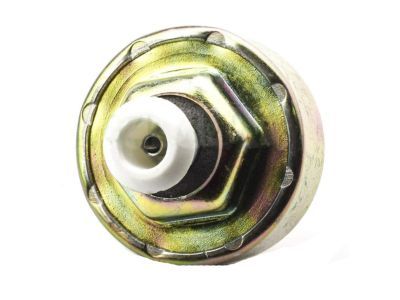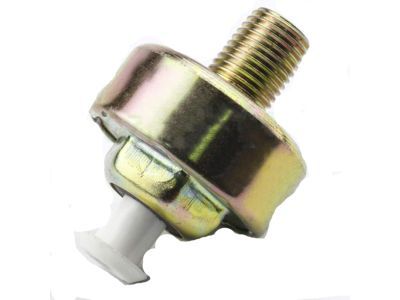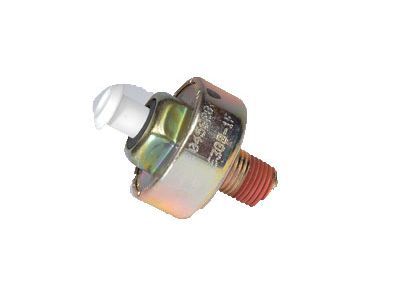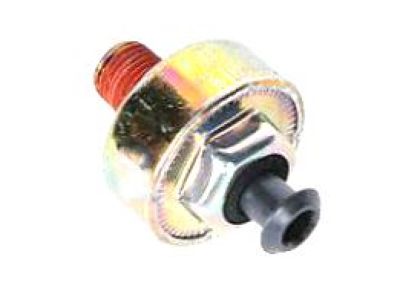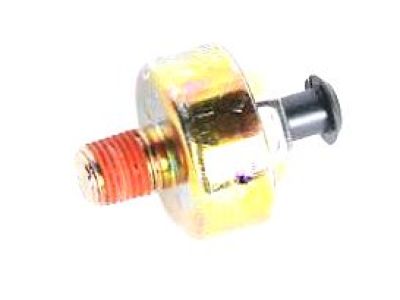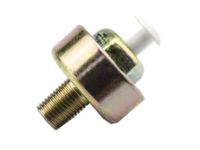
My Garage
My Account
Cart
Genuine Chevrolet Beretta Knock Sensor
Engine Knock Sensor- Select Vehicle by Model
- Select Vehicle by VIN
Select Vehicle by Model
orMake
Model
Year
Select Vehicle by VIN
For the most accurate results, select vehicle by your VIN (Vehicle Identification Number).
4 Knock Sensors found
Chevrolet Beretta Knock Sensor
We get to know that Knock Sensor in Chevrolet Beretta automobiles is very essential for monitoring knock of the engine which happens when the timing of ignition is improper. This unit transmits signals to the power train control module or PCM so that the module is able to alter the ignition timing for reduction on excess Detonation. Most of the time, the Chevrolet Beretta employs a piezoelectric knock sensor which transforms mechanical oscillations into electrical current in order to monitor pressure spikes as well as knocking without interruption. In the Chevrolet Beretta car model for instance, over the years it has been using sophisticated knock sensor technology to enhance the optimum performance of the car engine, including aspects of fuel quality and even the conditions such as car temperature. Ignition timing for each cylinder can be controlled and there is an added security that the system would not harm the engine as it was meant to work the premier. From this capability, Chevrolet Beretta is able to perform at its premier all the time and use low octane fuels where necessary thanks to the Knock Sensor that is vital in extending the engine's life expectancy and optimum performance.
Each OEM Chevrolet Beretta Knock Sensor we offer is competitively priced and comes with the assurance of the manufacturer's warranty for the part. Furthermore, we guarantee the speedy delivery of your orders right to your doorstep. Our hassle-free return policy is also in place for your peace of mind.
Chevrolet Beretta Knock Sensor Parts Questions & Experts Answers
- Q: How does the Electronic Spark Control system work, and how is the ESC knock sensor replaced on Chevrolet Beretta?A:Fluctuations in octane ratings in today's gasoline can ignite in the inside of an engine to cause detonation which is fondly referred to as "spark knock." The ESC (Electronic Spark Control) system is to use to retard spark by as much as 20 degrees to beat this spark knock, thus giving maximum spark advance for better dynamic response and fuel economy. The ESC knock sensor mounted on the engine block generates a voltage value of between 8 and 10 volts to the ECM when spark knock is not present to allow a normal advance. If the knock sensor ever records vibrations that are beyond the normal range of tolerance, the ESC module cuts the circuit to the ECM so that the voltage produced drops to zero volts and this signals the ECM to delay the timing until the problem causing spark knock is corrected. In the case where there is a failure either at the knock sensor signal or where there is no ground at the ESC module, the signal that reaches the ECM is always high, and that makes the ECM operate on the assumption that there is no spark knock present thus lead to severe spark knock while the engine is heavily loaded, often causing a Code 43. Further, if the ESC signal to the ECM is lost there will be a continual retardation of the EST, which will slow a car's performance as well as trigger a Code 43. To remove the ESC sensor, first disconnect the cable from the negative terminal of the block of battery, then disconnect the wiring harness from the sensor, and put out the screw on the block for the removal of the sensor, lastly, to fix the new sensor on the block of a battery the process will be reversed.


